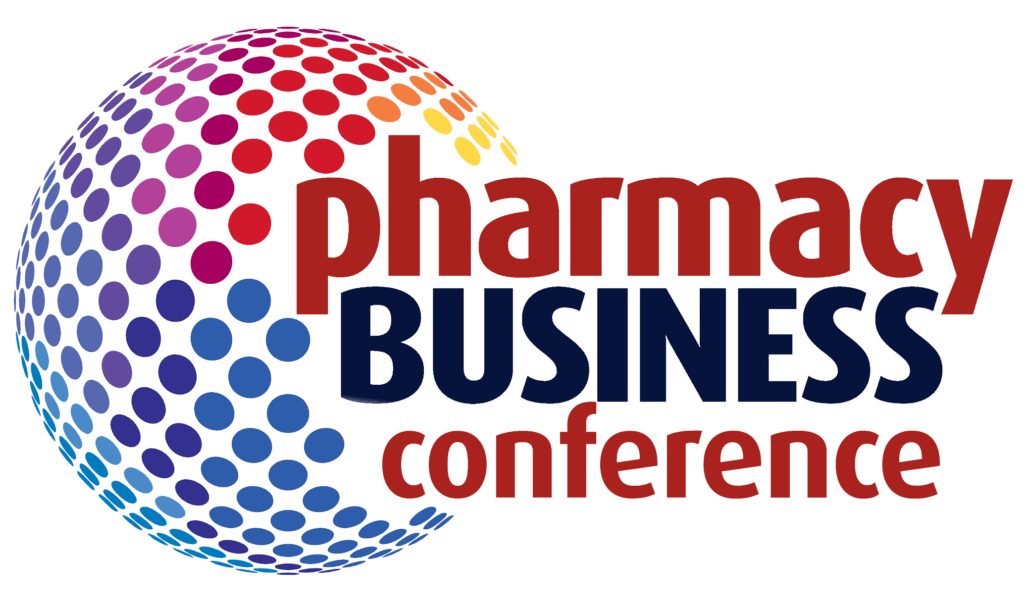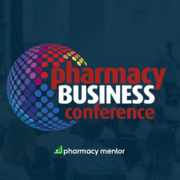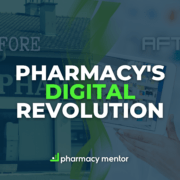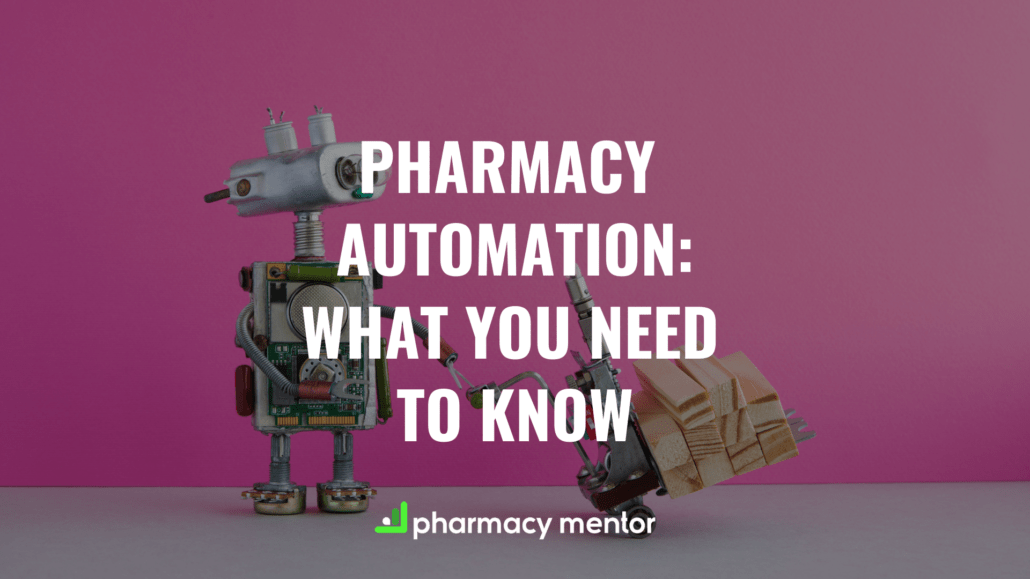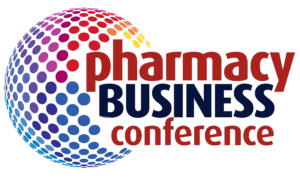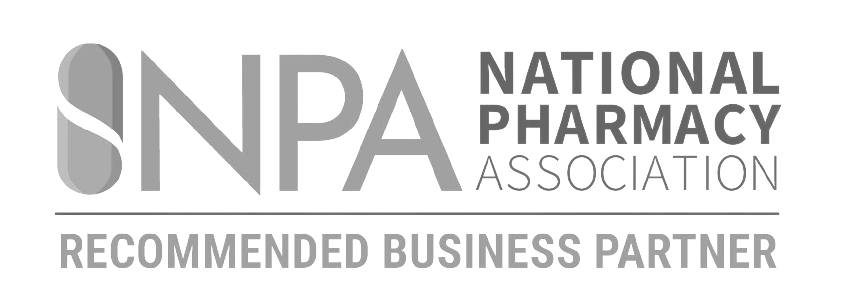Few things altered the course of Community Pharmacy’s destiny more than the digital revolution. With the rise of technology and the ever-increasing use of the Internet, pharmacies offer more services to more people than ever before.
In this article, we’ll explore the pharmacy industry landscape before and after the pharmacy digital revolution, with a focus on the impact of digital marketing on patient behaviour and experience.
The Digital Revolution in numbers:
- 721 million UK Prescriptions Dispensed in 2005 (Pharmaceutical Journal).
- 1.14 billion UK Prescriptions Dispensed in 2022 (NHSBSA).
- 56 UK Online Pharmacies in 2008/9 (Statista).
- 375 and counting…UK Online Pharmacies (DSP’s) in 2022 (Statista).
- 34.7million views of our Google Adverts for pharmacies since 2021.
Pharmacy in the good ol’ days…
Before the digital revolution, brick-and-mortar pharmacies provided medication and other healthcare basics to patients, with many supplementing this with convenience retail products.
Patients typically visited in person – purchasing their medication, asking pharmacist’s advice, and getting their prescriptions filled.
It was a simpler time, but it had its limitations.
- People generally wouldn’t consider the pharmacy their first port of call for healthcare. The default for patients feeling unwell, was the doctors or the hospital.
- Patients had absolutely no clue what was wrong with them. (Now they come in telling you the 10 different things they think it could be after they Googled it.)
- Even if they visited the pharmacy, physically visiting can be inconvenient, and the pharmacy’s choice of products and services was limited. Pharmacies weren’t the one-stop health hubs they are today.
The Evolution of Margins on Prescription Items
Because there was only one accessible channel for prescriptions (visiting a pharmacy), the government had no option for decreasing margins on prescriptions, without risking pharmacies simply not renewing contracts and/or running them out of business.
Pharmacy was comfortable, profitable and safe.
Just because there are new digital ways of doing things, if your way of life is working for you, why change?
Three words.
Automation, Digitisation, & Competition
Any one of these on its own is enough of a driver for impacting Rx margins – and the digital revolution brought all three at once.
- Automation, (think Prescription Collection Machines, Dispensing Robots and Packaging Machines) significantly decreases the admin, and therefore long-term expenditure on Rx work.
- Digitisation similarly reduces the admin on many previously non-digitised tasks.
- Competition from companies who adopt these methods earlier, especially bigger companies who can afford big investments and then lower their prices accordingly, means margins on smaller, community pharmacy independents are squeezed.
There is no solution but following suit. You cannot beat them. You have to join them. Advancing technology is inevitable.
Digitise. Automate. Compete.
And, concurrently, stop relying on prescriptions!
With margins so tight, most people are looking at private clinics now, for good reason.
But, because everyone is doing it, competition is there again.
So Digitising, automating and competing is necessary here too.
Change is the only constant
With the advent of the digital revolution, or rather, ten years after every other industry digitised, pharmacies expanded their reach and began offering a wider range of services to patients.
Many pharmacies now offer online consultations and prescription services, making it even more convenient for patients to receive the care they need.
Increasingly, selling medication and taking clinic bookings online is growing evermore easier from an administrative point of view, making it even easier for patients to access the healthcare they need.
Pharmacy is now becoming contemporary. Many of the things the public take for granted (e.g., discovering services online through Google, booking appointments and paying for them online) are becoming standard across pharmacies.
Until your pharmacy does this, don’t be surprised if your clinics aren’t filling up.
Planning on becoming an Independent Prescriber soon? Talk to us about building an Online IP Clinic, which you can manage entirely through your website.
Changing with the times
One of the most significant changes brought about by the digital revolution was the impact of digital marketing on patient behaviour and experience.
With the rise of the Internet and social media, pharmacies reach a much larger audience than ever before. Some of the data we see from the pharmacies we help is staggering. Travel Clinics, PCR testing, Ear Wax treatments…they’re driving six figures, and in some cases, seven figures in annual revenue for the pharmacies who’ve embraced the new model and invested in proper digitisation.
Digital marketing techniques such as search engine optimisation (SEO) and pay-per-click (PPC) advertising help promote products and services. This enables reaching patients who otherwise wouldn’t know a pharmacy provides these services.
The altogether necessary digital revolution
With the ever-increasing population, the old model simply wouldn’t be viable. That’s partly why Prescription Collection Points are so popular with communities – they don’t have time for queueing behind countless other people collecting their prescription at the same time.
Whilst some mourn the loss of personal patient care, however, technology actually supports more face-to-face interactions.
Think about it, how much time would you get to talk to patients if all of your patients still visited your pharmacy?
Video consultations enable personal service for people who can’t access the pharmacy for whatever reason.
Digital marketing has also changed the way patients interact with pharmacies.
Patients search for and compare services online, and are more informed and empowered when it comes to making healthcare decisions. They research different pharmacies, compare prices, read reviews and testimonials, and even talk with pharmacists online.
You aren’t just competing with other pharmacies, you’re competing with modern expectations of a service business. Booking haircuts online is possible, so why isn’t your pharmacy taking bookings online?
For pharmacies who appear online, this new patient behaviour makes winning new patients easier than ever.
In addition to reaching a larger audience, digital marketing also allows better targeting of marketing efforts for pharmacies. For example, using data analytics and customer profiling to identify specific needs of their target audience, allowing for more effective marketing campaigns and tailoring of products and services, meeting the specific needs of patients.
(Hint: If you can’t be doing with the hassle of all that analysis, why not outsource to a specialist Pharmacy digital marketing agency?
Another plus of digital marketing for your pharmacy is building stronger relationships with your patients.
Pharmacies communicating with patients via email, social media, and other digital channels keep patients informed about new products and services, as well as any changes to their medication or treatment plan.
Educating patients about various health conditions, treatments, and medications, helps improve patient outcomes and build confidence and trust in your pharmacy. All with the added benefit of letting people know that your pharmacy offers the solution!
What Next?
Whilst the pharmacy industry in the United Kingdom has undergone a significant transformation in recent years, the revolution isn’t over. If anything, it’s only just getting started.
If you’re interested in how new technology may further impact pharmacy, check out these articles:
Does your Pharmacy need to get online? Book in a consultation call with our Diagnose and Prescribe team, and start your digital journey today.
Enjoyed this article? Sign up for our Newsletter below for more Pharmacy Growth Hacks, trends, comparison guides and get notified every time we release a new article.
